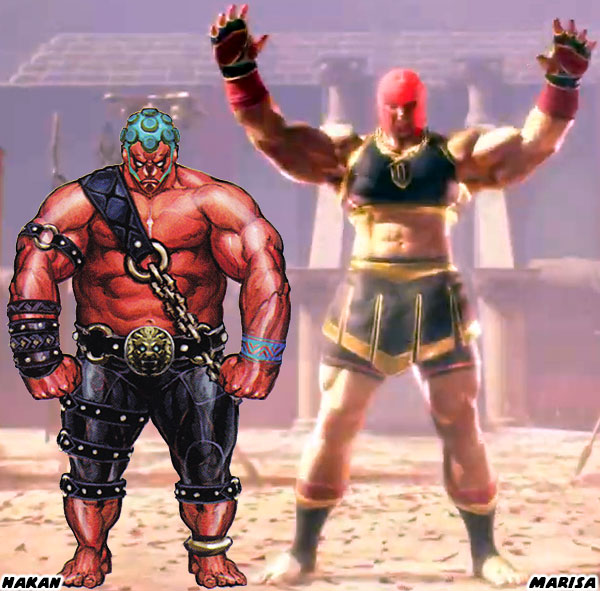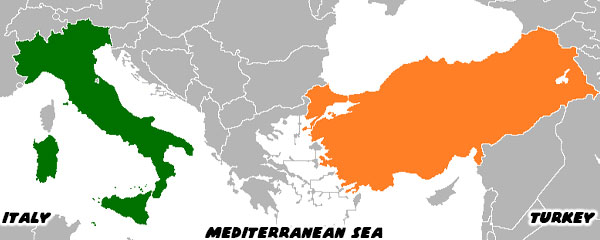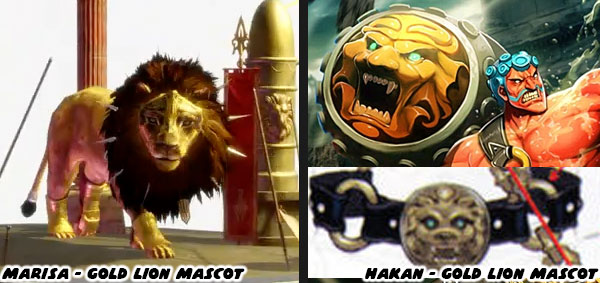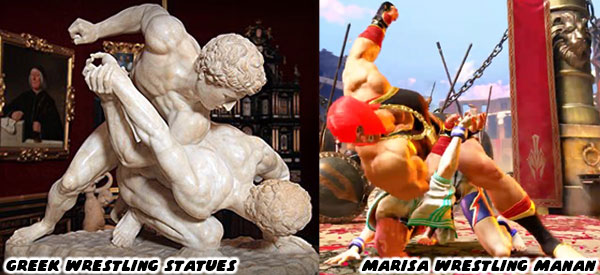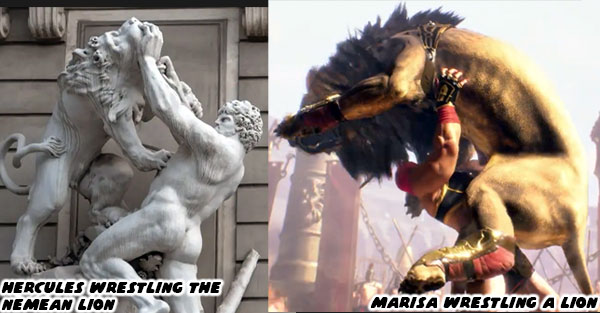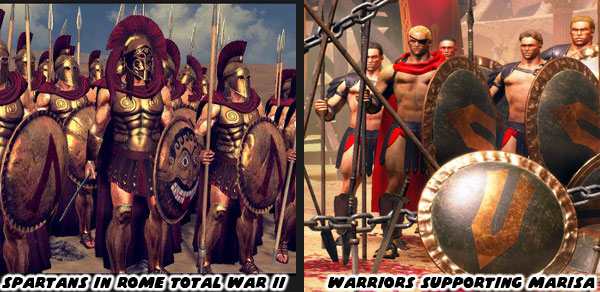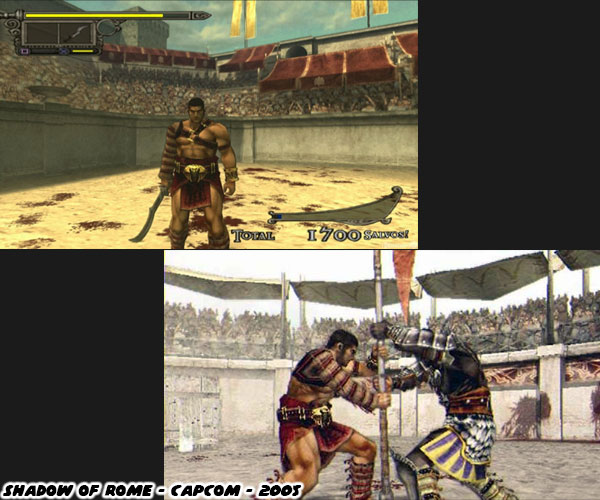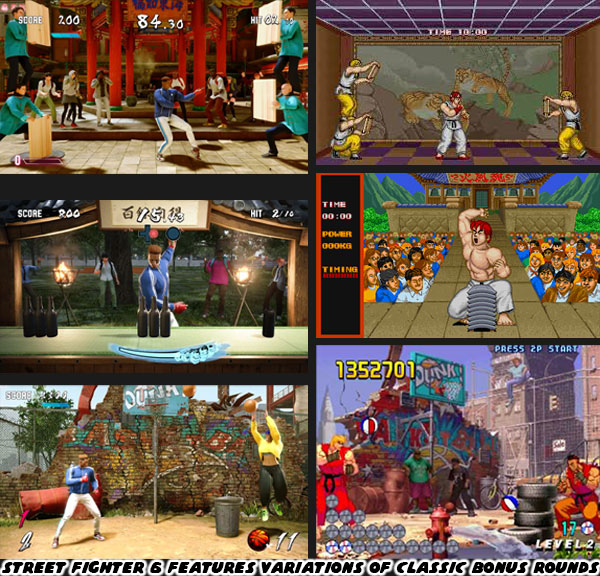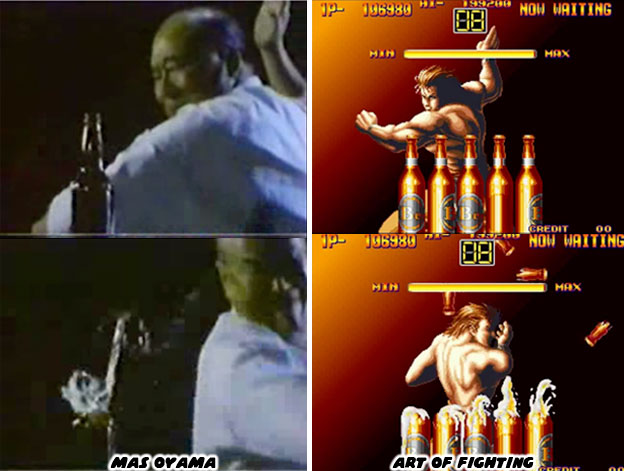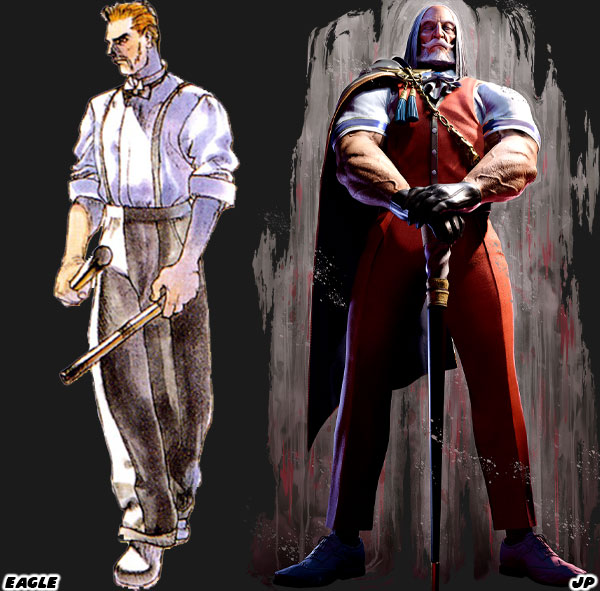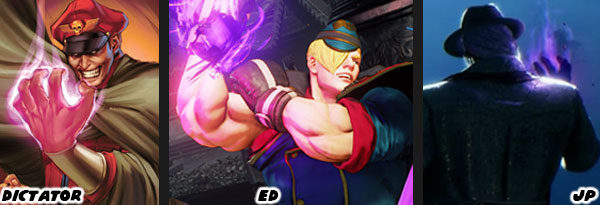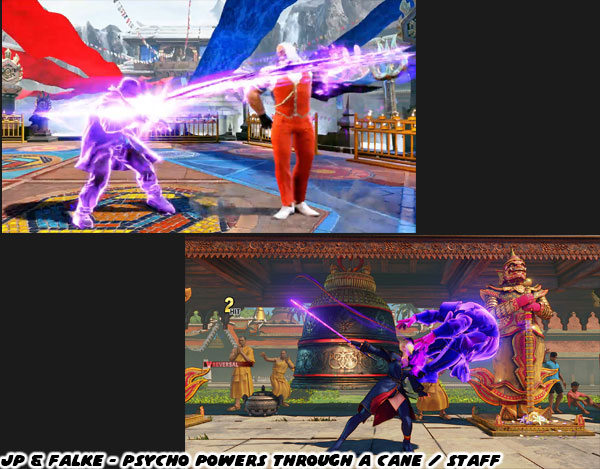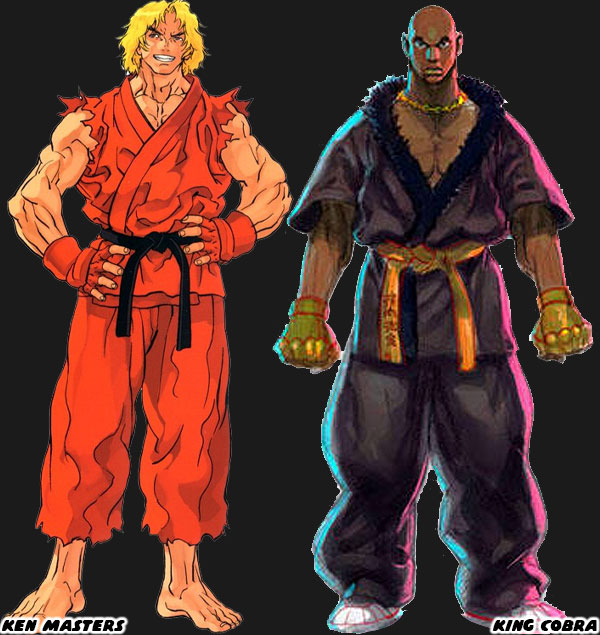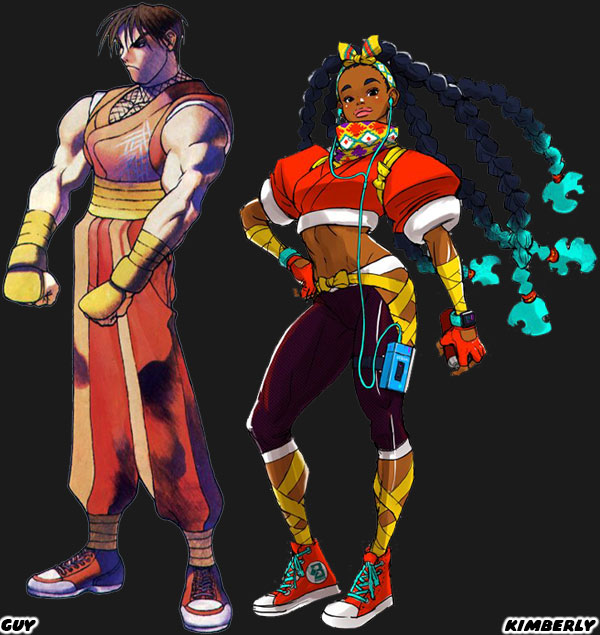In the previous blog I mentioned that Street Fighter 6 Director Takayuki Nakayama, Producers Kazuhiro Tsuchiya, and Shuhei Matsumoto, and Designer Yusuke Hashimoto were doing a much better job with design, diversity, and inclusion than in either SFIV, and SFV. Although they were working with Capcom on the previous games the final direction of the series was in the hands of Yoshinori Ono, whom as a director
I had argued took the franchise into some dumb places. The roots of some great characters were in both SFIV, and SFV, however some of the best ideas seemed left on the cutting room floor. The decision to put Rufus in the game instead of King Cobra set the tone that Mr. Ono would be going with during his time leading the projects. I had mentioned previously that
Capcom was able to make a memorable character out of an ugly stereotype in the early days of SFII. Mr. Ono didn’t seem to have the same level of insight that I believe the franchise deserved. I contend that many of the new cast members in Street Fighter 6 are an attempt to redo the plans the staff had much earlier.
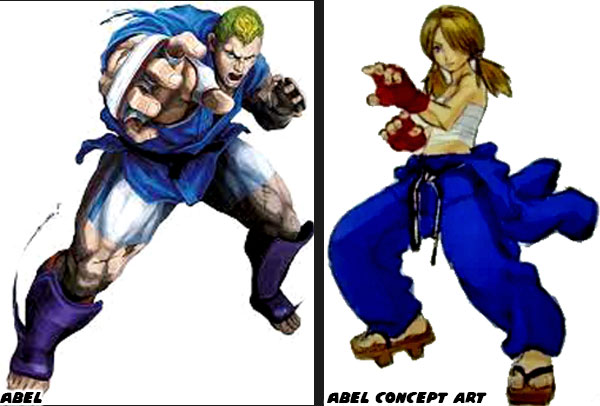
In the planning stages of SFIV the team wanted to introduce an androgynous young grappler.The skinny boy in pigtails would eventually evolve into the hulking Abel. The French-raised fighter was a master at judo. The game series had always had a spot open for the various fighting arts, including judo. The decision to make Abel large, and muscular, along with the rest of the cast, was specifically to make him appeal to western audiences. Capcom saw that the most popular games in the USA featured buff characters. Popular FPS titles like Doom, and Gears of War had characters that were more bodybuilder than standard body types. Hence Abel was hyper muscular, as were Ken, and Ryu. Even skinny characters like Dhalsim now had broad shoulders, and developed pecs, and biceps. Not only that, but the game also gave Abel some absurd judo throws to show off his strength.
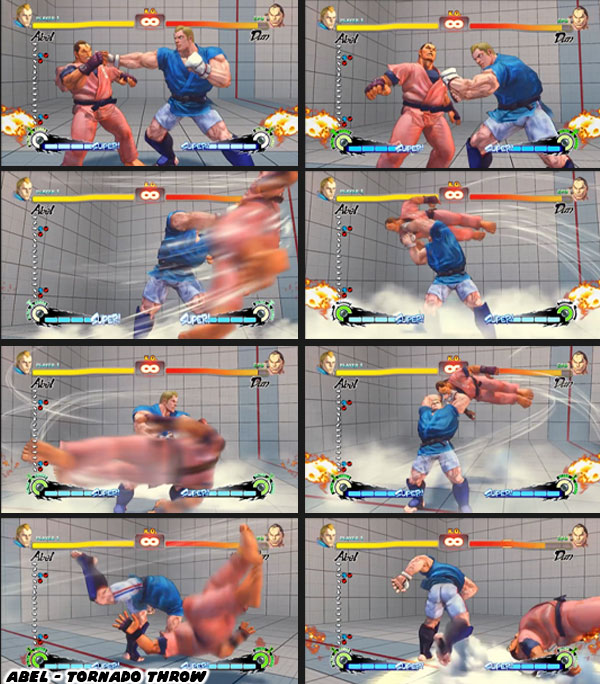
It was the animation that I found most jarring with the new characters introduced in SFIV. The fact that the obese Rufus could move faster than the skinniest fighters took me out of the game. But that was just a part of a bigger trend. The best grab moves in the series were impossible, but plausible. The fact that Abel would grab an opponent by the collar, and easily swing them around like a Tom and Jerry cartoon made little sense in context with the lineup. It was certainly believable against small, and skinny fighters like Sakura, or Dhalsim, but looked absurd when doing that to E. Honda, Zangief, or Hugo. Plus what exactly was Abel grabbing if the opponents did not have a collar? These were things that the designers did not seem to consider. Not only that but some of his moves lacked the setup that coded the special attack as a judo move. Street Fighter 6 needed a cast whose moves were grounded more in that plausible reality. In order to do that the studio had to literally go back to the drawing board. What they gave us was a new take on the original SFIV plans.
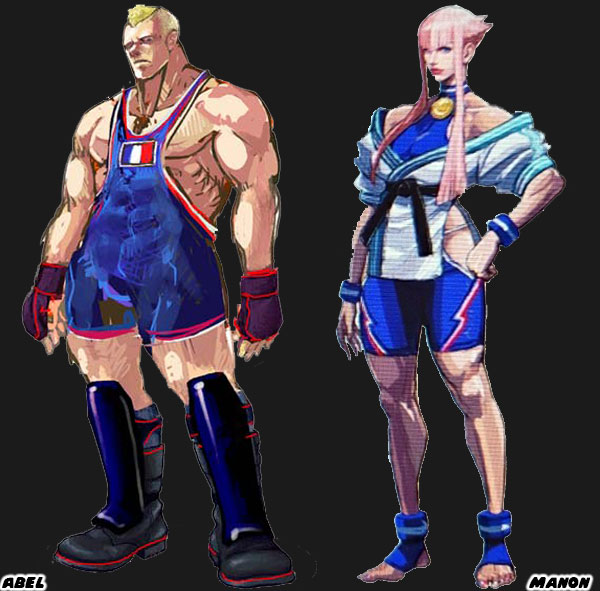
A fighter that we could identify was French was on the menu. Accomplishing this was easy. Using the colors of a national flag was one way that the artists at Capcom would code the lineup. In an early Abel draft, as well as an alternate costume we see him wearing wrestling tights, and a gold medal. Manon’s costume features similar colors, and striping on her outfit as well. In order to make her appear as more of a judoka rather than a wrestler she is wearing a juka top, along with her medal and black belt. Notice however that Manon is wearing her top off-the-shoulders in a very fashionable way. Not only that but her hair is colorful, and stylish. These are all details that support her story. According to her bio she is “A super model and world champion judoka, Manon is an idealist, forever seeking self-improvement in the pursuit of beauty. She struts the catwalk of street fighting to become the world's strongest model.” We can see a bit of her flair in the trailer, and can make comparisons to other fashion icons, and beauty figures like Paris Hilton.
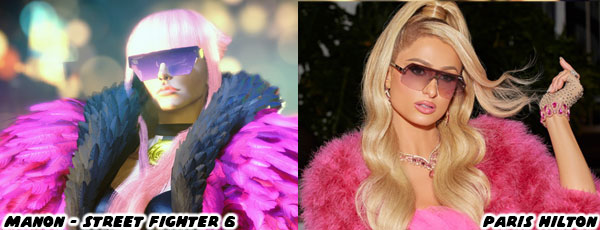
I strongly hoped that Manon was a practitioner of Savate, and with the cut of her outfit even predicted her to be one. It turned out that was not the case, but there was a reason for the tights after all. The range of motion they provided complimented the grace she fought with. We see her spin, leap, and twirl in the air with the ease of a ballerina. If she is a supermodel, then it stands to reason she might be an accomplished dancer as well. Manon might be the most polished model in the genre. No doubt she knows more about the world than other affluent girls that attended a prestigious finishing school.
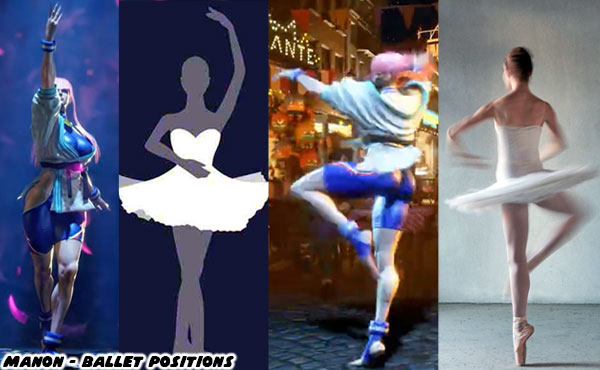
The SF6 pre-order trailer is filled with many examples of Manon fighting with the grace of a dancer. The moves of Juri, or Chun-Li are focused on delivering strong attacks with their legs, and not so much with their hands. Chun-Li is rooted in sweeping kung-fu strikes,
whereas Juri has more open tae kwon do kicks. Manon’s legs are long, and lanky. Her thighs are nowhere as thick, and developed as Chun-Li. This means she does not do a lot of striking with her legs, however her flexibility as a dancer helps her cut down the space between opponents with a leaping kick, while setting up another grapple.
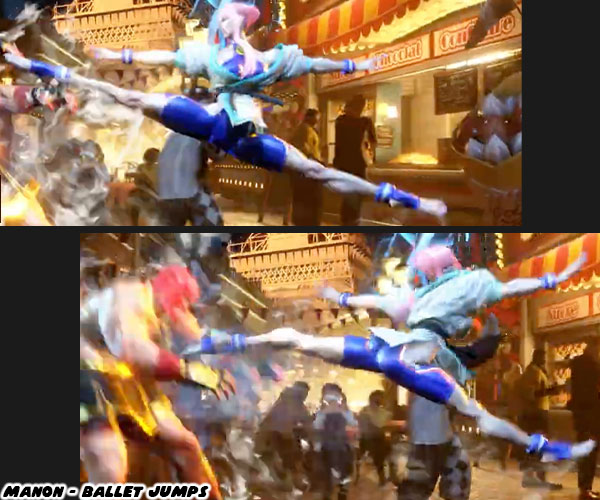
Manon's moves are more plausible for the character, and more important, are more believable for a judoka. Unlike other martial arts judo, and ju-jitsu are not about size, and strength. Certainly a large person with a grasp of the martial arts could do some serious damage. Judo is not about strength, it works through leverage, balance, and a fulcrum. A smaller opponent can easily flip a larger person. Anyone that has tripped over a bench could tell you that gravity does most of the work of falling over. We see these things in action in the SF6 footage. Manon may have dance-like moves, but she also grips her opponent like an actual judo practitioner. In all of her throw moves we see her drop her hip under the opponent’s center of balance. Then she sweeps the leg, and flips them upside down. She grabs their wrist, and controls the landing. It doesn’t matter if the character has a collar to grab onto or not, she is simply tipping them over. They may be exaggerated attacks, but these are fundamental judo moves.
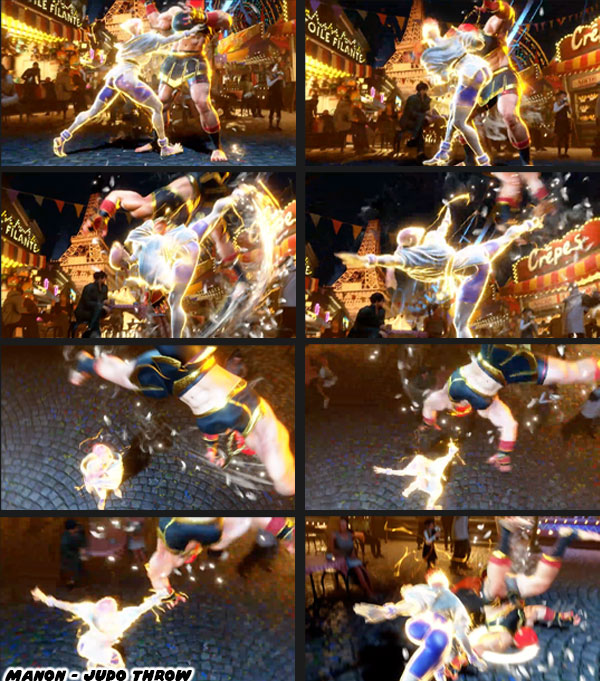
Unlike the cartoonish moves that Abel was given in SFIV, the ones that Manon employs are grounded in actual judo. She doesn’t swing opponents in the air, or toss them like rag dolls. Her throws do not require her to be overly strong. Even massive characters like Hugo, and Abigail would flip head over heels if someone tripped them over their center of gravity. The best moves in the series are inspired by actual martial arts, whether it is a karate uppercut, Muay Thai knee, boxing punch, or wrestling suplex. They can all be made to look fantastic, while not breaking the suspension of disbelief for the audience. In paying attention to all of these elements in the costume cues, moves, and animation of Manon I think that the SF6 team has created a fighter that has more staying power than Abel. The thing that Capcom does better than most studios is exaggerate the method, and outcome of the attacks in animation without going overboard. This is the magic of creating Street Fighter special, and super attacks.
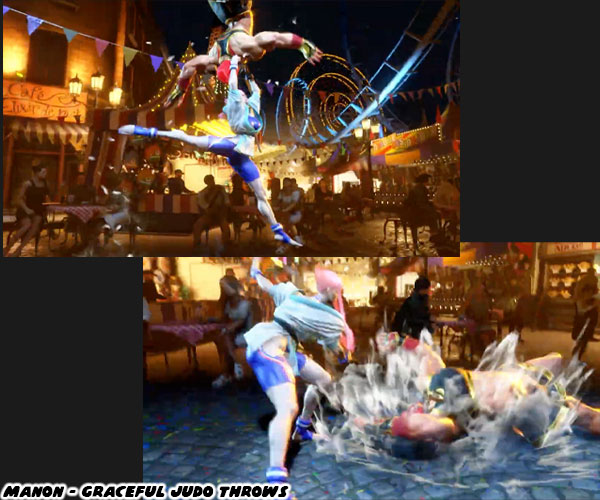
I have established that Kimberly is another take on the Guy template, JP follows closely on the heels of Falke, and that Manon appears to be a new version of Abel. What about Marisa, the other new character revealed in the SF6 pre-order trailer? Is she a new take on an existing character, or is she an entirely new idea? I would argue that Marisa was a redo of one of the cringiest characters in the series. I will explain how, and why in the next blog. I hope to see you back for that. I would like to hear your take on any of the new characters slated for SF6. Who are you going to main when the game drops in 2023? Let me know in the comments section. As always if you would like to sponsor me
please visit my Patreon page and consider donating each month, even as little as $1 would help make better blogs and even podcasts!
